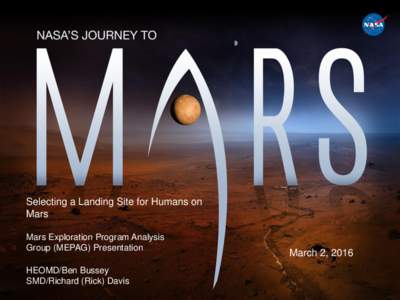 Date: 2016-03-07 13:09:17Spaceflight Discovery and exploration of the Solar System Exploration of Mars Mars Manned missions to Mars Space colonization Exploration of the Moon Human mission to Mars In situ resource utilization Seasonal flows on warm Martian slopes Mars One Colonization of Mars | |  Selecting a Landing Site for Humans on Mars Mars Exploration Program Analysis Group (MEPAG) Presentation HEOMD/Ben Bussey Selecting a Landing Site for Humans on Mars Mars Exploration Program Analysis Group (MEPAG) Presentation HEOMD/Ben Bussey
Add to Reading ListSource URL: mepag.jpl.nasa.govDownload Document from Source Website File Size: 2,14 MBShare Document on Facebook
|


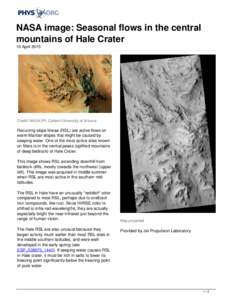
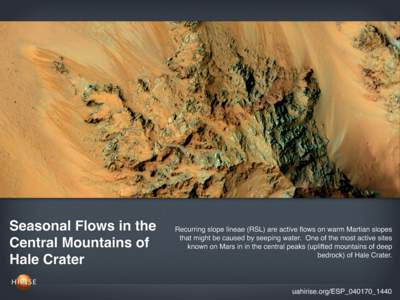
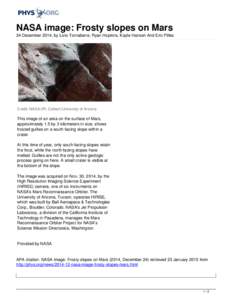
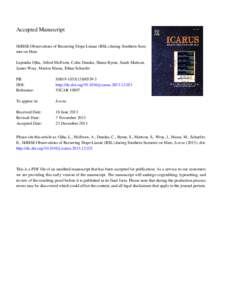
 Selecting a Landing Site for Humans on Mars Mars Exploration Program Analysis Group (MEPAG) Presentation HEOMD/Ben Bussey
Selecting a Landing Site for Humans on Mars Mars Exploration Program Analysis Group (MEPAG) Presentation HEOMD/Ben Bussey